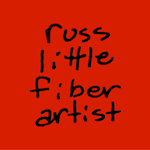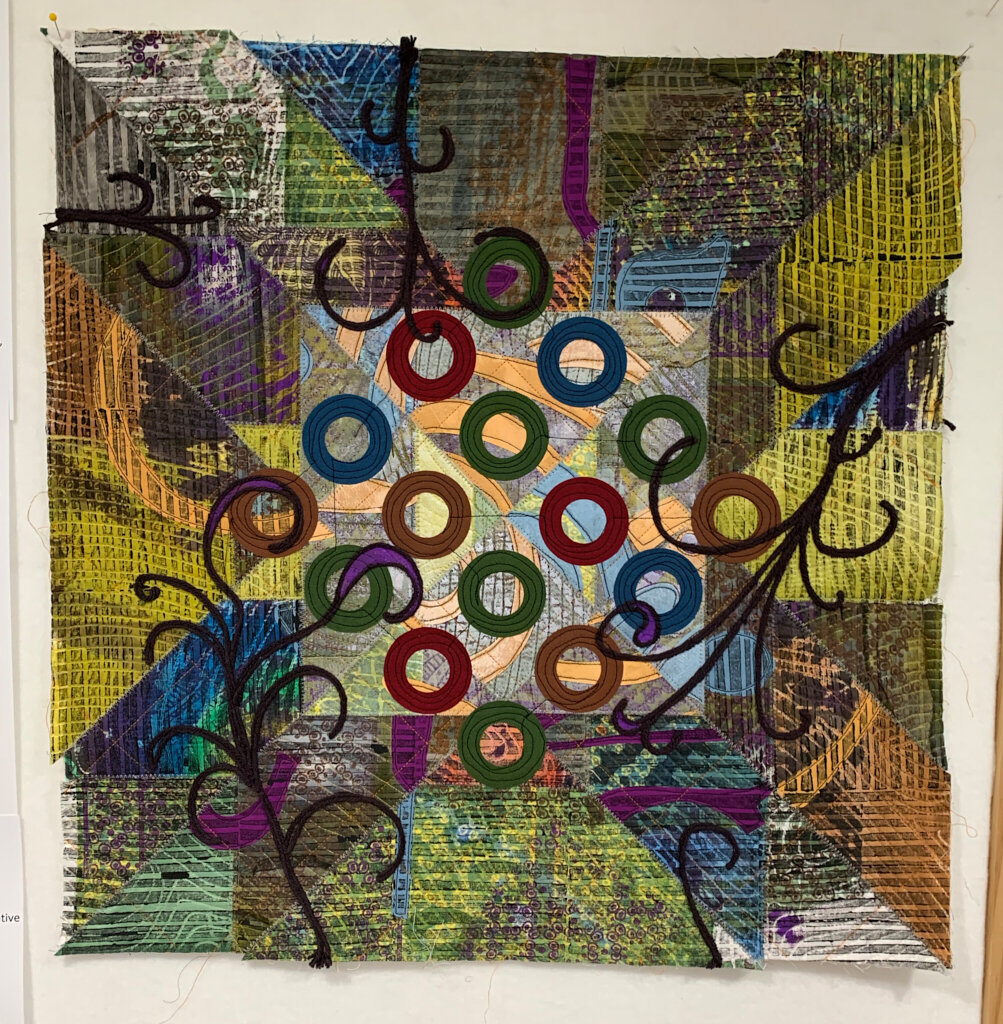The making of Reformation #1 - #9
If you haven’t already done so, take a few moments now to read the preceding post titled Reformation: A new artwork series because it sets the stage for what will follow.
The Reformation series is about trying to let go of things and ideas from the past and allow them to become something new—at least that’s my current thinking. As I was developing the first works of art in this series, I gradually began to see the the whole thing as a metaphor for letting go of—or at least holding loosely to—long held ideas about what is/was most valuable from the past and about how the future would play out. Events in my life and in the life of the world this past year have altered my perception of both past and future. The future that I think about today is different from the one I contemplated a year or two ago. Perhaps I can allow the past and present to inform the future and let it be what it will be (cue strains of Que Sera Sera).
The first 9 pieces in the Reformation series began by cutting up the three finished art quilts pictured below. These selections weren’t trivial. All of the pieces have been publicly exhibited, and the two pieces from Restructured Circles are part of the largest cohesive body of work that I’ve created to date. The first cut was a breathless moment, but once I started there was no going back.
What came next was step-by-step, largely unplanned combination and transformation of the pieces that I cut from the finished quilts. I wish that I’d taken more process pictures, but I say that at the end of every project. I worked hard to keep the process as loose as possible, and I allowed myself the freedom to do anything to the pieces at any point. I painted and printed over the fabric to add visual texture and shift the hue and value, lightening some pieces and darkening others. I fused fabric to add new elements and machine couched yarn to add linear elements. I also cut, sewed, cut again. Because I was working with dense, thick material (the quilted fabric was make up of a top layer plus batting and backing) I assembled the new quilt by butting cleanly cut edges together and zig-zagging over them.
And, if that wasn’t enough, all of the pieces (or at least these first 9!) are in original hand painted float frames or mounted on similarly painted cradle boards—all my own design and construction. The overall framed dimensions are 20 x 20 inches. The question is, did I really need to make the frames myself and did I have to make the process so complicated? Well, it undeniably cost less than paying a framer, but it quickly became more work than I’d intended. I began the frames with the plan of painting them all solid black. As I was doing the carpentry work I started thinking about how much I like painted and embellished folk art frames and how such a treatment might speak to the outsider quality of artwork. And so the hand painting happened.
So, here they are, the first 9 pieces of Reformation, each in its own custom frame.
Visit the Reformation section of my portfolio for more detail shots and information about each piece. Yes, they are for sale, but I haven’t had the time to add them to my online store. Feel free to email me if you’re interested (russ@russlittlefiberartist.com). They’re all $500.















